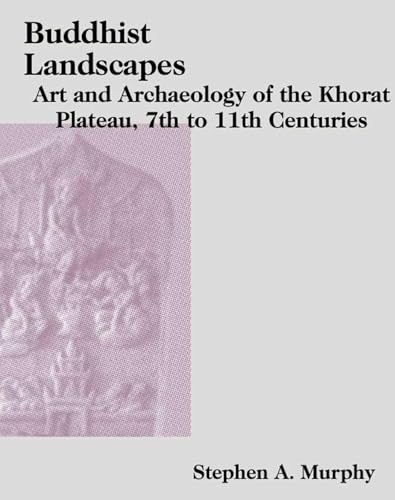A Thai princess lends her royal support to the Viang Ta Kian site in Chiang Mai, an ancient town that was ruled by both the Burmese and the Lanna kingdoms. A museum is planned for the site to consolidate the artefacts found in the area.
Preserving the Priceless
18 October 2009
It was a red letter day for the villagers of Ban Ta Kan in Chiang Mai’s San Pa Tong district, who gathered in groups as they waited for their royal guest, HRH Princess Siribha Chudhabhorn.
The afternoon sun did nothing to deter the jubilant villagers, most of whom were clad in colourful ethnic Yawng and Lue costumes as a welcoming gesture for the arriving princess.
With a royal visit, their dreams of having a museum at the Viang Ta Kan historical site would come closer to becoming a reality. That day, the princess was scheduled to give a press conference on the museum project and other cultural activities to promote the historical site in Viang Ta Kan, which is about 35km from Muang Chiang Mai.
Archaeological evidence suggests that Viang Ta Kan was a major satellite town, east of the ancient Hariphunchai kingdom. It appeared as “Viang Panna Ta Kan” in Tamnan Muang Chiang Mai (History of Chiang Mai) where legendary King Meng Rai (1261 to 1311) planted Bodhi trees.














![[Call for Papers] Decolonization of Southeast Asian Studies](https://www.southeastasianarchaeology.com/wp-content/uploads/2024/07/logo-rcsd-full-120x86.png)









